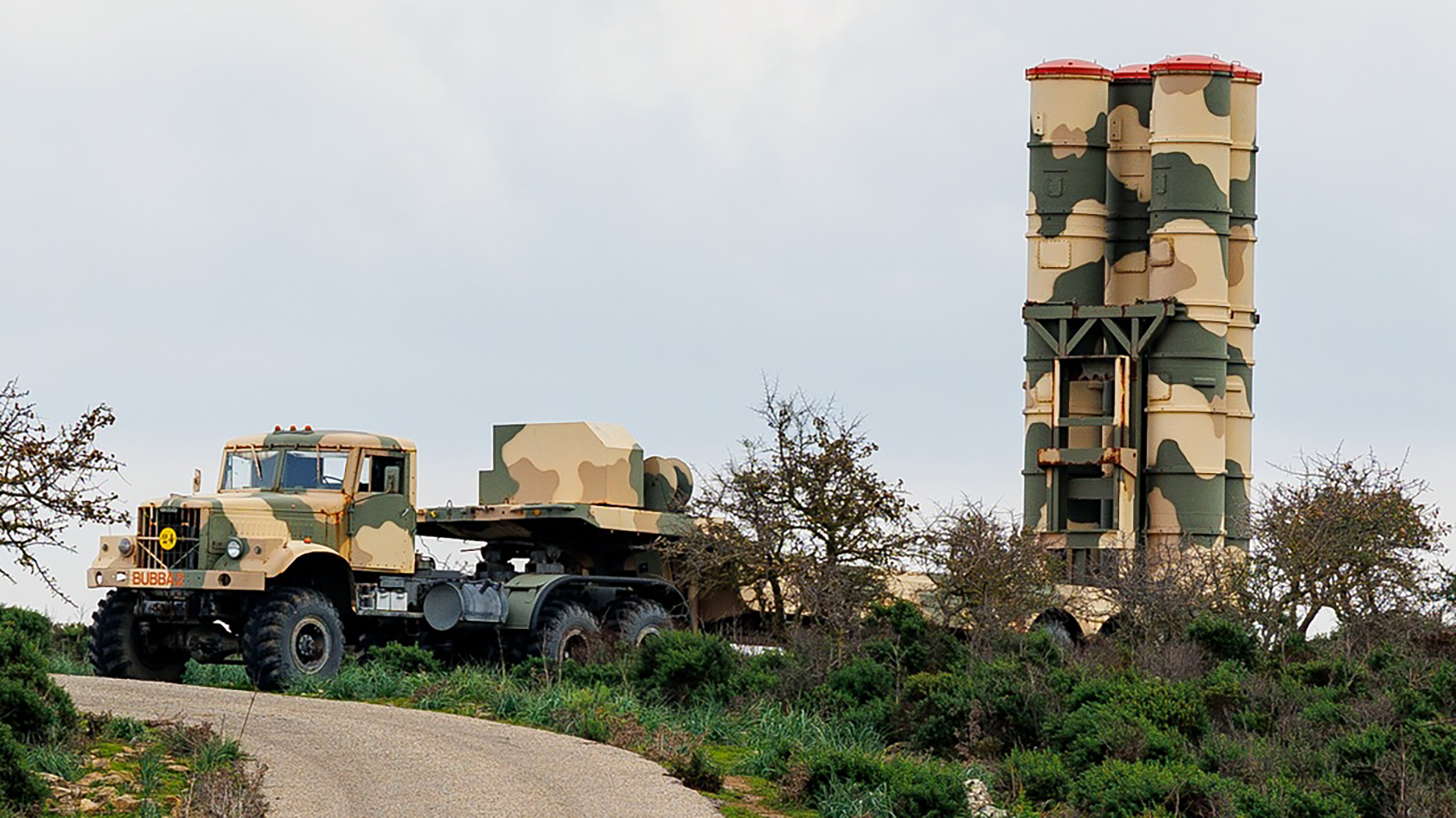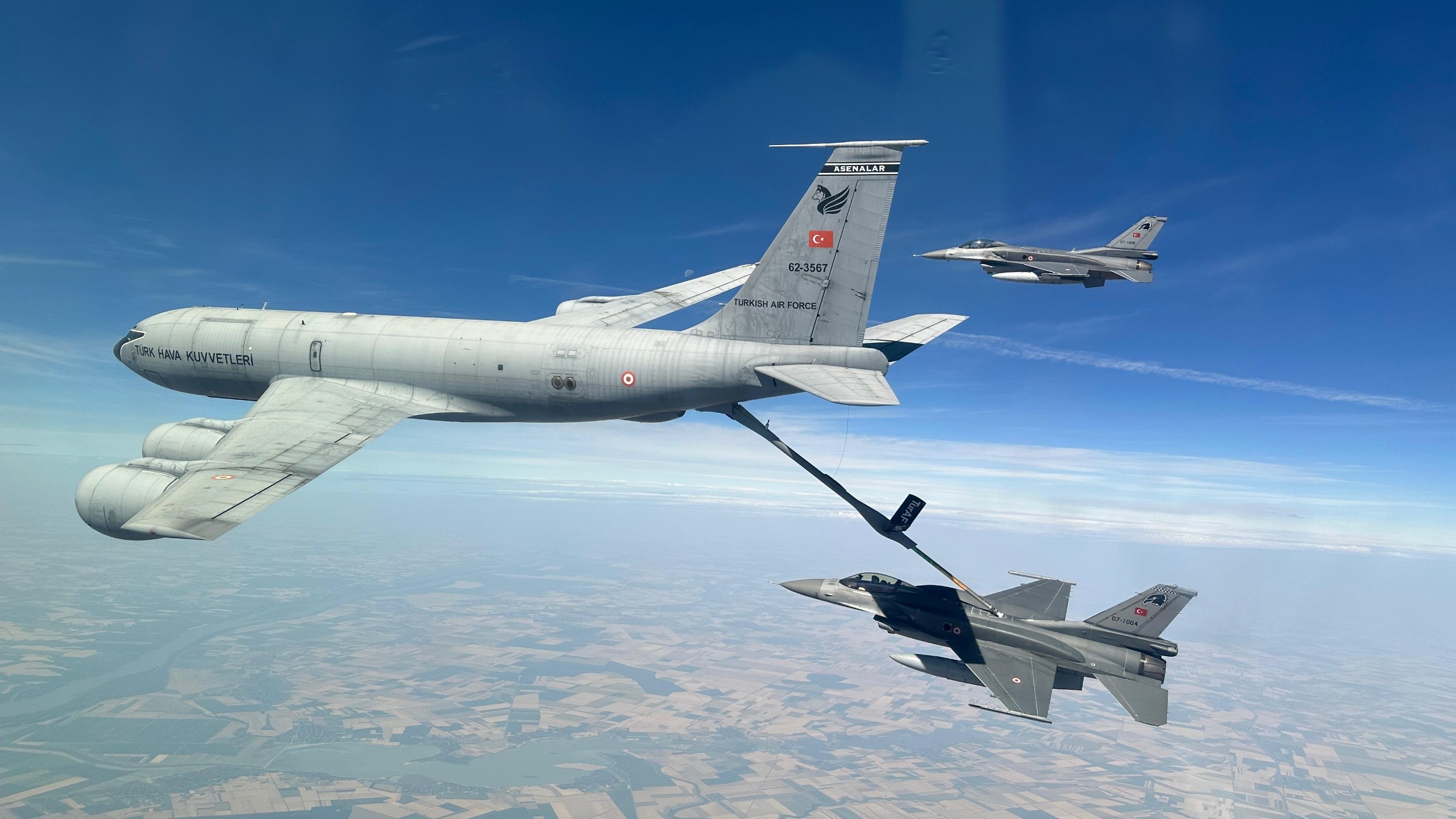DoD S-band needed for Golden Dome, border defense threatened by spectrum auction plans: CSIS
Selling off the low S-band “is a terrible, horrible, no good, very bad idea,” Tom Karako, director of the CSIS Missile Defense Project, told Breaking Defense today.


The Long Range Discrimination Radar (LRDR) is based at Clear Space Force Station in Alaska. (Photo: Missile Defense Agency)
WASHINGTON — Congressional plans under consideration to open S-band spectrum used exclusively by the Defense Department to commercial 5G networks will jam a bevy of radars used by the military for air and missile defense, just as President Donald Trump’s Golden Dome initiative is getting off the ground.
That’s the findings of a new research effort from the Center for Strategic and International Studies, which warns that the Navy’s Aegis SPY radar family, the Army’s TPQ-53, the Marine Corps’ Ground/Air Task-Oriented Radar, and the Space Force’s Long Range Discrimination Radar could all be impacted if Congress allows commercial firms access to a key band of spectrum.
“To steal a phrase from children’s literature, selling off the low 3 band is a terrible, horrible, no good, very bad idea,” Tom Karako, director of the CSIS Missile Defense Project and author of the new paper, told Breaking Defense today.
The “low 3 band” refers to the 3.10–3.45 GHz range of the S-band, currently assigned solely to DoD by the Federal Communications Commission (FCC) that regulates US spectrum use. That portion of the S-band is considered by DoD to be the “Goldilocks zone” for radar, because it works in all sorts of weather and at the same time can find even small targets.
The CSIS study, “Auctioning Military S-Band Spectrum Understanding the Risks,” stresses that S-band is used by a number of military air and missile defense radars that will support Trump’s Golden Dome plan to build a missile shield over the US homeland. It also is used by radars deployed by the Army for protection of the southern and northern US borders.
“High-power radars that must track faint missile signatures thousands of miles away would be adversely affected by ambient noise from telecom use,” the study argues.

The S-band portion of the spectrum is considered by DoD to be the “Goldilocks zone” for air and missile defense radars. (Image: Center for Strategic and International Studies)
The House of Representatives included a provision in its version of “One Big, Beautiful Bill” reconciliation package that would mandate the FCC auction off 600 MHz of spectrum to telecommunications firms planning to build and/or expand 5G cell phone networks auction. That bill, however, exempts the 3.10-3.45 band from the auction.
Meanwhile, there is a fierce debate raging in the Senate over a similar auction provision — spearheaded by Commerce, Science and Transportation Committee Chairman Sen. Ted Cruz, R-Texas — that according to numerous media reports at least initially included the 3-10-3.45 band. A number of members of the Senate Armed Services Committee (SASC), from both political parties, have sounded the alarm about the auction plan.
SASC Ranking Member Sen. Maria Cantwell, D-Wash., last month sent a blistering letter the DoD Secretary Pete Hegseth demanding that DoD detail the risks of auctioning off the lower S-band, but also the 7 to 8 GHz band used by many national security satellites.
Due to similar concerns, Republican Senators Mike Rounds of South Dakota and Deb Fischer of Nebraska have been spearheading a hold on the Commerce, Science and Transportation Committee’s portion of the reconciliation billas Senate negotiations come down to the wire. And on Wednesday, Politico reported that Rounds said the two sides were close to cutting a deal.
“It’s looking better than it has in the past, and I think we’re going to be able to get everything that we had concerns with,” Rounds told Politico Wednesday. “Final paper I have not seen, but it looks good.” PunchBowl reported that Rounds and Fischer said such a deal would protect the frequencies vital for national security.
But today things seemed to take a turn. Jimm Phillips, a reporter for Communications Daily, posted to X this afternoon that Rounds told reporters Cruz had new concerns about frequency exclusions in the reconciliation language that Sen. Roger Wicker, R-Miss, who is also involved in the spectrum talks, and Cruz had appeared to agree on yesterday.
Spokespeople for Rounds and Cruz did not return requests for comment by press time.
Telecom industry supporters long have argued that rather than keeping the lower S band exclusively for DoD use, the answer for protecting military radar from interference is what is known as “dynamic spectrum sharing” that essentially choreographs what spectrum bands are used by which users when.
However, the CSIS study finds there no way to ensure that military will not be jammed at least some of time under any sharing scheme.
“Rigorous testing has shown the incompatibility of 5G and high-powered radars; the former has to be off for the latter to be on. Proposals for dynamic sharing fail to account for the need to continuously surveil airspace,” the study states.
“That is an unproven proposal,” Karako said. “There’s a lot of hand waving in that direction, but until that is definitively established, the stakes are just too damn high to permit the jamming of our own missile defense radars and other radars [including for] border security.”



















































































































































![[Video] The Weekly Break Out Ep. 20: Pacific policy in Singapore and the UK’s new defense plan](https://breakingdefense.com/wp-content/uploads/sites/3/2025/06/Break-Out-ep-20-thumb-Play-Button.jpg?#)


